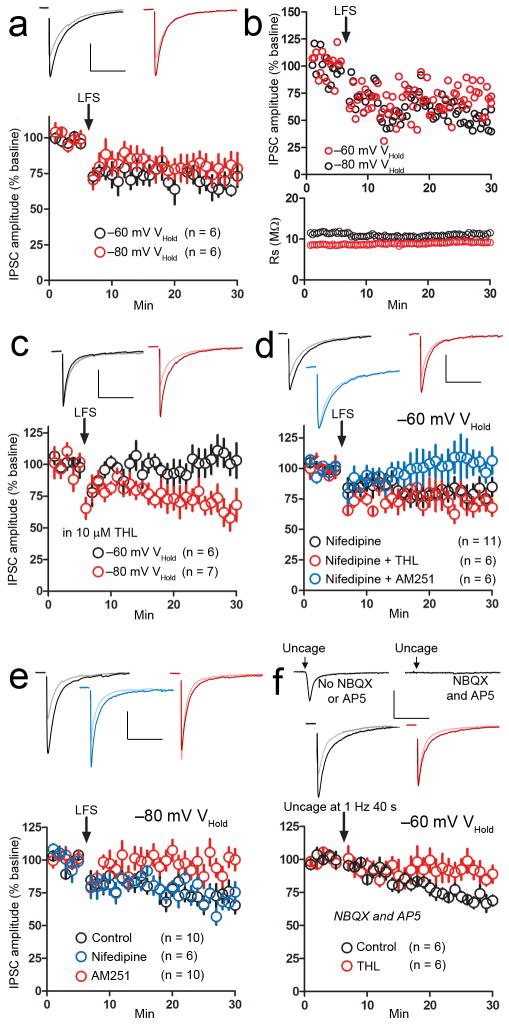Figure 1. State-dependent endocannabinoid (eCB)-mediated forms of inhibitory long-term depression (iLTD) at striatal inhibitory synapses.
a, A low frequency stimulus train (LFS, 1 Hz for 80 s) delivered while holding rat MSN membrane potential at the up state, −60 mV holding potential (VHold) (black circles) or the down state, −80 mV VHold (red circles) induced lasting depression of inhibitory postsynaptic current (IPSC) amplitude. b, Examples of LFS-induced decreases in IPSC amplitude at the up and down states (iLTD) from individual MSNs (top), and measurement of series resistance (Rs) from these neurons showing no change associated with iLTD (bottom). c, The DAG lipase inhibitor tetrahydrolipstatin (THL, 10 μM) prevented IPSC amplitude depression when MSNs were held at −60 mV (black circles) but not at −80 mV (red circles) during LFS. d, The L-type voltage-gated calcium channel (VGCC) antagonist nifedipine (30 μM) failed to prevent depression of IPSC amplitude following LFS delivery while holding MSNs at −60 mV (black circles), but rendered this form of plasticity THL-insensitive (red circles). Despite this switch to THL insensitivity in the presence of nifedipine, iLTD was still blocked by the CB1 antagonist AM251 (5 μM) (blue circles). e, Down state iLTD (control, black circles) was unaffected by nifedipine application (blue circles), but was blocked in the presence of AM251 (red circles). f, Photolysing MNI-L-glutamate (400 μM) at 1 Hz for 40 s using 5 ms flashes of 380 nm light while holding MSNs at −60 mV induced a depression of (electrically evoked) IPSC amplitude (black circles) that was blocked in the presence of THL (red circles). Scale bars: 300 pA (vertical), 100 ms (horizontal). Inset current traces show IPSCs before (dark) and 20 min after (light) the iLTD induction protocol. All error bars represent standard error of the mean (SEM).

